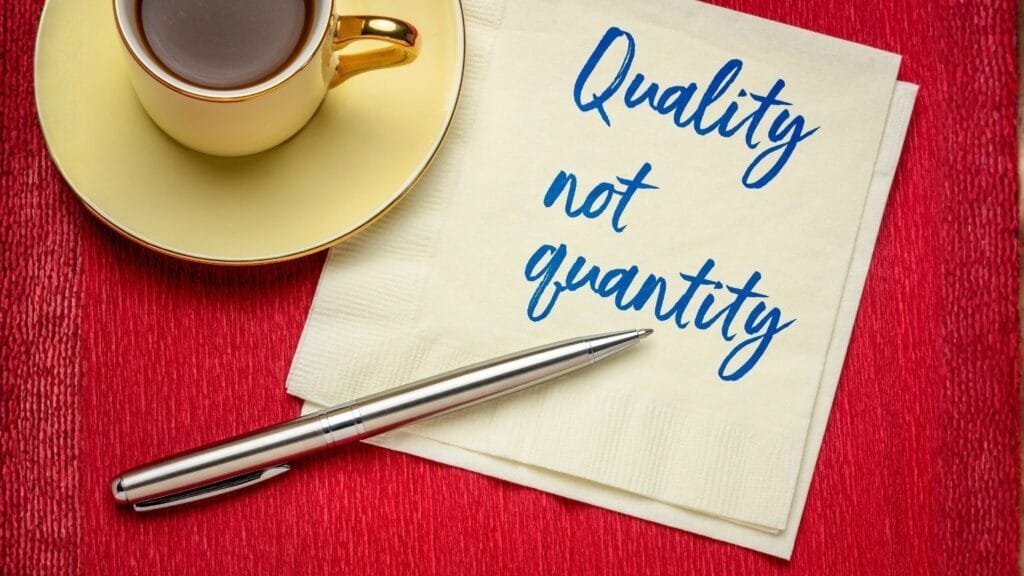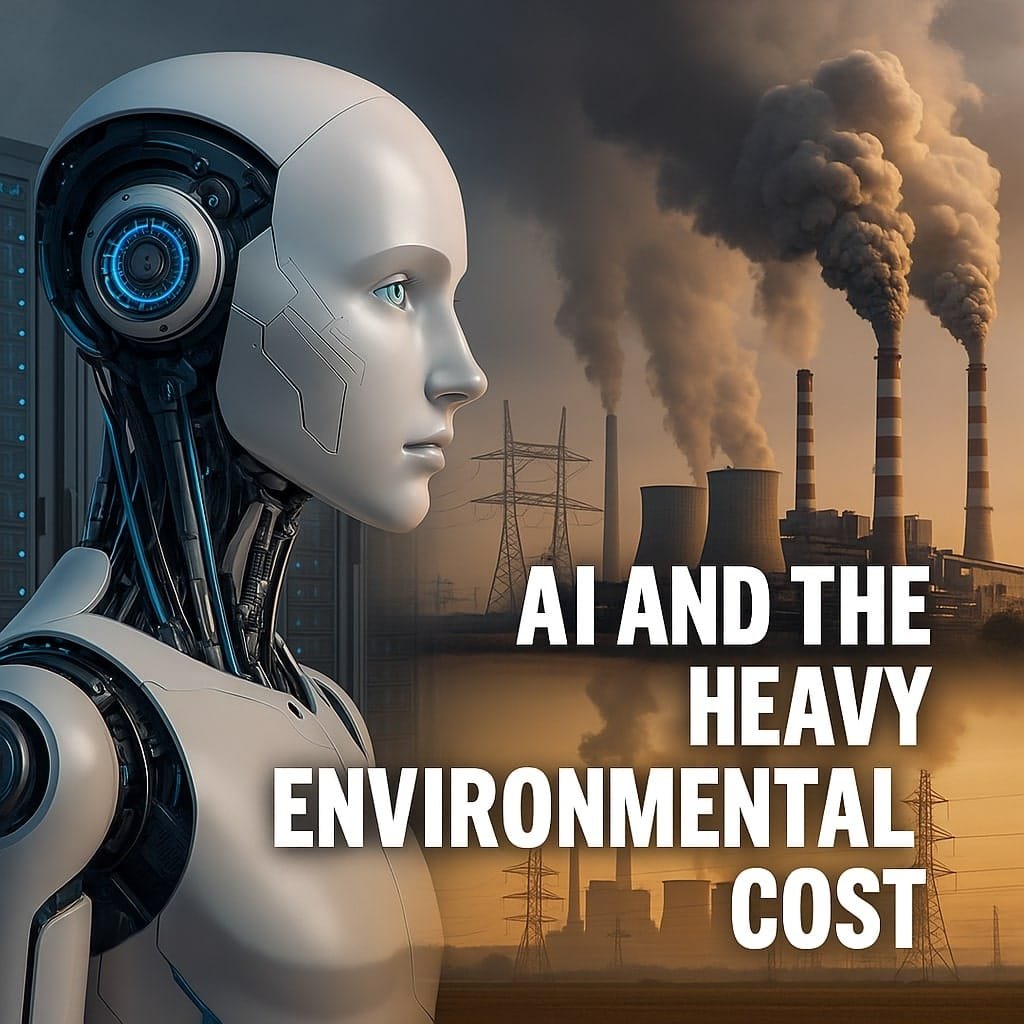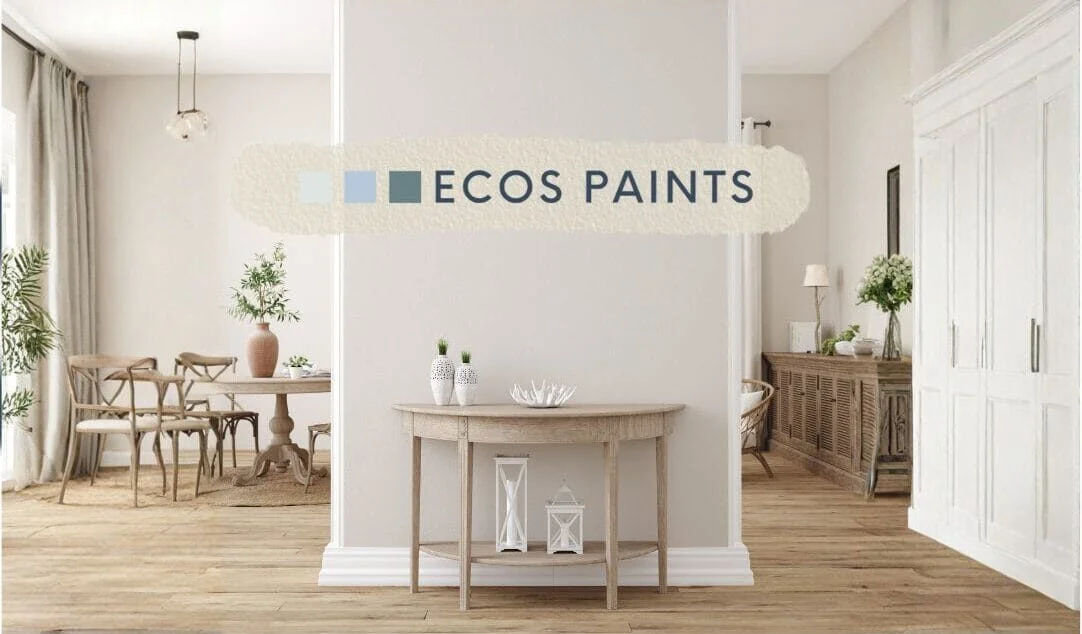We often hear that luxury and sustainability don’t belong in the same sentence. That if something’s “high-end,” it must automatically be wasteful or excessive.
But maybe that’s the problem — not luxury itself, but how we define it.
Luxury isn’t the issue. Waste is.
From the furniture we buy for our interiors to the clothes we wear and the materials used to build our spaces, what really matters is how long something lasts, how it’s made, and what it leaves behind.
We’ve gotten used to a world built on quantity, fast furniture, fast fashion, fast everything, but the truth is, the fastest route is almost never the cleanest one.
So let’s break it down.
Cause yes, it’s convenient, but it also leaves a bigger footprint, a shorter lifespan, and a trail of toxins that end up in our homes, air, and water.
Sustainably Bougie: When Indulgence Gets an Upgrade
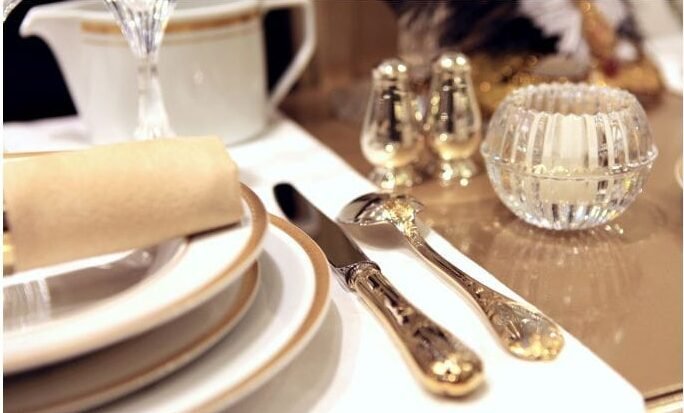
Luxury doesn’t have to mean excess or come with a price tag.
The real luxury today is care, thoughtful materials, ethical craftsmanship, and design that honors both beauty and longevity.
Not the kind of pieces that get tossed after a few uses because they were made with cheap, petroleum-based materials that burned fossil fuels, polluted the air, and shed microplastics into the soil and oceans.
When Quality Outlasts Quantity
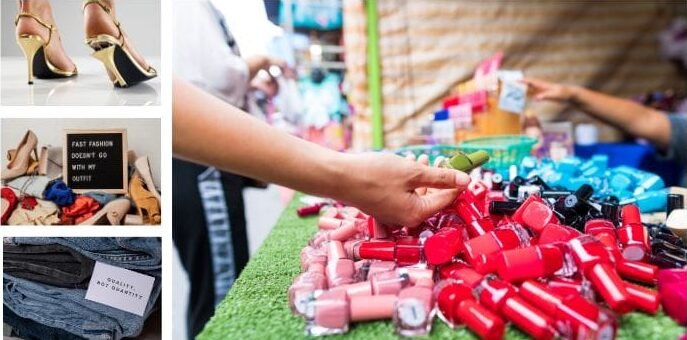
Think about it: a solid wood table that lasts for decades is far more sustainable than a cheap veneer version that warps in a few years and ends up in a landfill.
Most of those “affordable” pieces are made from low-grade wood scraps bonded with formaldehyde-based adhesives that off-gas harmful chemicals for years.
Once tossed, their plastic coatings make them non-recyclable, and if plastic is involved, they can take centuries to decompose.
Let’s Take an Example of a Cheap Carpet

A handwoven wool rug that’s naturally dyed, durable, and inherently stain-resistant, made to age beautifully, will outlast a dozen synthetic ones. Those are usually made from petroleum-based fibers with latex backings that break down over time, releasing VOCs and chemical residues like formaldehyde, styrene, and flame retardants into the air you breathe.
But the harm starts long before they reach your home. Making synthetic rugs means drilling for oil, turning it into plastic fibers, and dyeing them with harsh chemicals. These processes use a lot of energy and release carbon emissions, smog, and dirty wastewater.
This pollution heats up the planet, pollutes rivers and oceans, and harms wildlife. Microplastics that shed during production and disposal end up in soil and water, where fish and birds often mistake them for food, spreading toxins through the food chain. And because these materials don’t break down, they sit in landfills for decades, leaking chemicals into the ground and nearby environments.
It’s a chain reaction that shows why the more luxurious option is sometimes actually the more sustainable and responsible one.
Even in Fashion

That twelve-dollar polyester shirt isn’t just cheaper, it’s costing the planet. Polyester is plastic. Every wash releases thousands of microplastics into our waterways, adding to a pollution cycle that never truly ends. One organic cotton or silk blouse, cared for properly, can outlast dozens of synthetic ones, and it won’t shed toxins every time you do laundry.
Indulgence is about buying more. Luxury is about buying better.
Before I Go On About Pollution & the Environment, You Know… That “Boring” Stuff
Before I go on about pollution or the environment, I just want to be clear this isn’t some overwhelming, distant issue happening out there. It’s happening to us right now.
Our health, our children’s health, and the rise in disease all trace back to the same root cause: what we’re constantly exposed to. The air, the food, the products, the water, it’s all connected, and it’s shaping our bodies every single day.
When we look around and see more people struggling with things like Alzheimer’s, cancer, autism, ADHD, anxiety, depression, thyroid issues, infertility, autoimmune disorders, chronic fatigue, hormonal imbalance, and even learning or behavioral challenges in kids, these aren’t random. They’re tied to this very thing I’m talking about.
The rise in these conditions mirrors the rise in chemical exposure from pesticides, plastics, PFAS (forever chemicals), heavy metals, flame retardants, VOCs in our paint, phthalates in fragrances, microplastics in water, and the endless additives and preservatives in our food.
And when it’s blamed on genetics, we forget that genes didn’t change on their own, they responded to what they were exposed to.
Redefining Bougie: When Luxury Becomes the Greenest Choice

When you start seeing quality as sustainability, everything shifts. Investing in a well-crafted sofa, a non-toxic mattress, or non-toxic paint is a vote for fewer chemicals, cleaner air, and less waste.
The irony is that the luxury options often have the cleanest supply chains. They use natural materials, fewer synthetics, and longer-lasting craftsmanship. In a world addicted to cheap convenience, quality itself has become an act of rebellion.
If we start demanding better, safer finishes, toxin-free fabrics, responsible wood, and other cleaner, safer products, we raise the bar for the entire industry. The more we ask for clean luxury, the more accessible it becomes.
Why You Shouldn’t Feel Guilty for Liking Nice Things
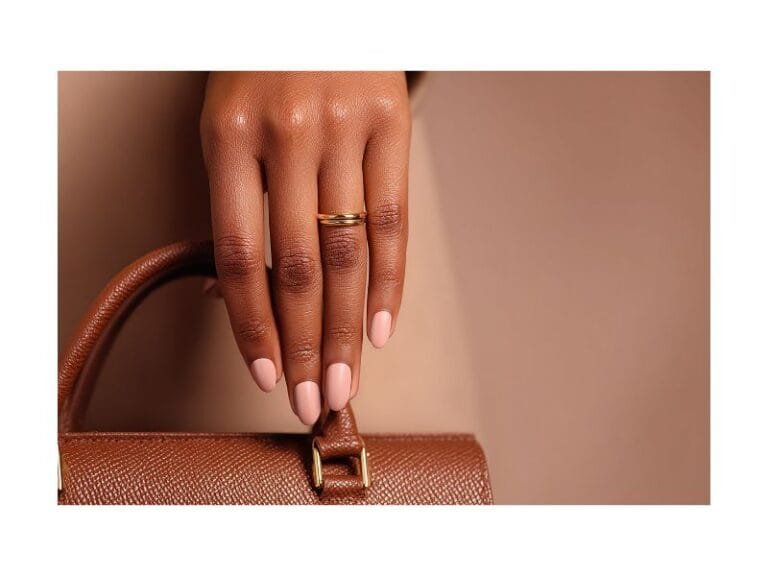
Luxury isn’t about showing off, it’s about slowing down. It’s the idea that fewer, better things make for a richer life, not because they’re expensive, but because they hold meaning.
When you spend more on something that’s designed to last, you’re not being indulgent. You’re cutting waste at the root.
We’ve all been taught to feel guilty for liking nice things. But the truth is, nice can mean sustainable, safe, and built with care. Whether it’s a non-toxic candle that burns clean, a linen sofa that gets softer with age, or a wool blanket your kids will one day inherit, that’s what real luxury looks like.
Luxury, Reconsidered
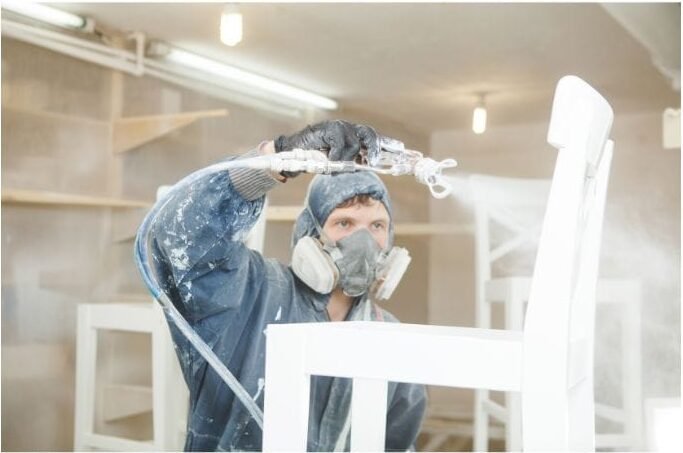
Clean living doesn’t have to mean minimal or bare. It can be warm, layered, and elevated, a kind of quiet luxury that celebrates both beauty and responsibility.
Luxury isn’t the villain.
The throwaway culture is.
Every time we choose cheaply made products, we feed a system that pollutes rivers with dye runoff, fills landfills with fast furniture, and fills our homes with microplastics and chemical-laced dust.
The same fast products that seem harmless are quietly harming our health, from off-gassing paints and foam cushions to hormone-disrupting finishes and forever chemicals in cookware.
When we choose thoughtfully, when we value the story, the process, and the people behind what we bring into our homes, the most beautiful things often turn out to be the most sustainable ones.
More Everyday Products & Materials That Quietly Cause Harm
Here are common products we use every day that seem harmless but have hidden impacts on our health, homes, and the environment — and why investing in better versions pays off in the long run.
Zero-VOC paint may cost a little more, but it eliminates the harsh solvents that release VOCs into the air for months or even years. It protects your indoor air quality and reduces long-term exposure for kids and pets.
A handmade leather bag might be double the price of “vegan leather,” but it lasts decades instead of peeling in months. Most vegan leather is just PVC or polyurethane plastic — both petroleum-based materials that shed microplastics and don’t decompose.
Stainless steel or ceramic cookware replaces PFAS-coated nonstick pans that can leach toxic chemicals into your food and release harmful fumes when overheated. They cost more upfront but can last a lifetime without exposing your family to “forever chemicals.”
Energy-efficient appliances are about 10–20% more expensive initially but use less electricity, lower monthly bills, and reduce your home’s carbon footprint for years to come.
Solid wood furniture built without toxic glues and organic mattresses or bedding can cost more, but they prevent exposure to formaldehyde, flame retardants, and synthetic foams that off-gas for years. The health and longevity benefits far outweigh the extra cost.
Beeswax or soy candles burn cleanly and come from renewable sources. Paraffin candles, on the other hand, are made from petroleum waste and release soot and VOCs that can trigger allergies or asthma.
Wool or cotton dryer balls replace hundreds of synthetic dryer sheets coated in fragrance chemicals. They’re reusable for years, cut drying time, and reduce both energy use and chemical exposure.
Natural fiber rugs are biodegradable and safer for children and pets.
Glass or stainless steel food containers prevent BPA, phthalates, and microplastics from leaching into food. They last indefinitely and keep food fresher without chemical contamination.
Wood or metal toys cost more than plastic ones but are free from PVC, lead, and phthalates, and can be passed down instead of tossed.
Linen or organic cotton curtains cost more than polyester but are free from formaldehyde finishes, breathe better, and age beautifully.
Powdered or plant-based laundry detergents avoid synthetic dyes, brighteners, and artificial fragrances that cling to clothing and irritate skin. They’re more concentrated and last longer with less waste.
Clean skincare and beauty products may be slightly more expensive, but they’re free from parabens, phthalates, PEGs, synthetic fragrance, and microplastics often found in mainstream products. Conventional lotions, sunscreens, and foundations can contain endocrine disruptors that absorb through your skin and enter the bloodstream daily. Choosing brands that use safe, biodegradable ingredients protects both your body and the water systems they eventually wash into.
Mineral-based sunscreen costs more than chemical ones but protects your skin without coral-harming oxybenzone and octinoxate. It’s reef-safe, gentle, and better for both your body and the planet.
Glass perfume bottles or refillable options reduce single-use plastic and prevent synthetic fragrance chemicals (like phthalates) from leaching into your skin and air.
Paying a little more upfront (luxury) often means fewer chemicals, cleaner air, less waste, and products that last longer — saving both your wallet and your well-being over time.
If you found this inspiring, explore Aalign’s curated guides for safer furniture, non-toxic rugs, and clean home upgrades.
It’s proof that luxury and sustainability can coexist beautifully!

